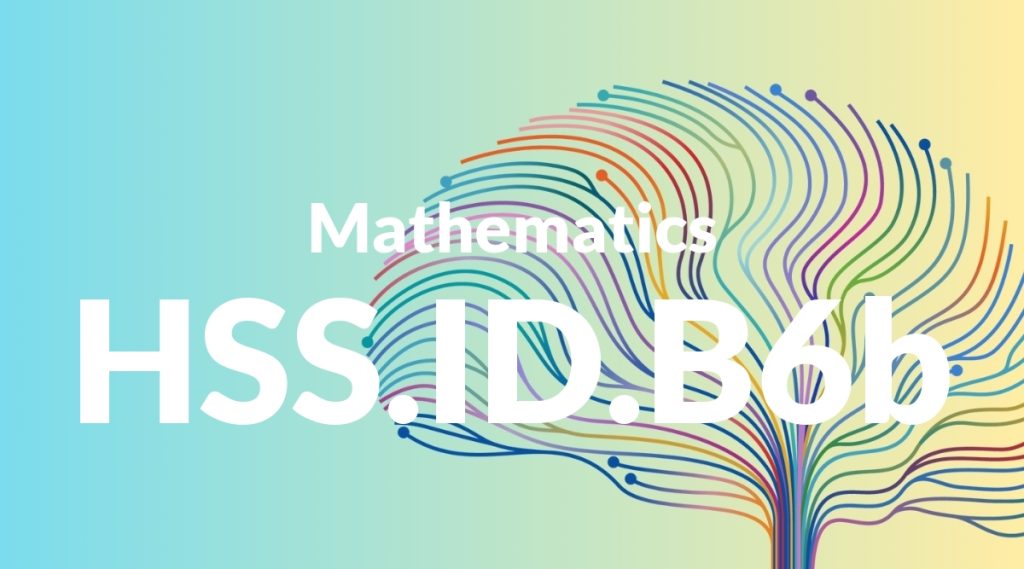Standard: HSS.ID.B6 – Represent data on two quantitative variables on a scatter plot, and describe how the variables are related.
Grade level: High School: Statistics & Probability
Subject: Mathematics
Domain: Interpreting Categorical & Quantitative Data
Teacher Overview
This standard focuses on teaching students how to represent and interpret data involving two quantitative variables using scatter plots. Understanding these relationships is crucial for data analysis in various fields, including science, economics, and social sciences. Students should have a solid understanding of plotting points and basic statistics. They should also be familiar with the concept of variables and how to collect data.
After mastering this standard, students will be able to conduct more advanced data analysis, including interpreting correlation coefficients and performing regression analysis. These skills are essential for higher-level mathematics and various real-world applications.
Common Misconception 1
A common misconception is that scatter plots always show linear relationships. This is incorrect because scatter plots can show various types of relationships, such as quadratic or exponential.
Intervention 1
To address this misconception, provide students with diverse examples of scatter plots showing different types of relationships. Use hands-on activities where students create scatter plots from different datasets.
Common Misconception 2
Another misconception is that correlation implies causation. This is incorrect because two variables can be correlated without one causing the other.
Intervention 2
Use case studies and real-world examples to demonstrate situations where correlation does not imply causation. Encourage critical thinking and discussions around these examples.
Prerequisite Knowledge
Students should understand basic concepts of variables and data collection, as well as how to plot points on a Cartesian plane. Familiarity with linear relationships and basic statistics (mean, median, mode) is also beneficial.
Subsequent Knowledge
Students will develop skills in more complex data analysis, including regression analysis, correlation coefficients, and interpreting residuals. They will also be able to apply these skills in various scientific and business contexts.
Instructional Activities
- Create scatter plots using real-world data sets.
- Analyze the relationship between variables in given data sets.
- Discuss different types of relationships (linear, quadratic, exponential) shown in scatter plots.
- Conduct experiments to collect data and represent it on scatter plots.




